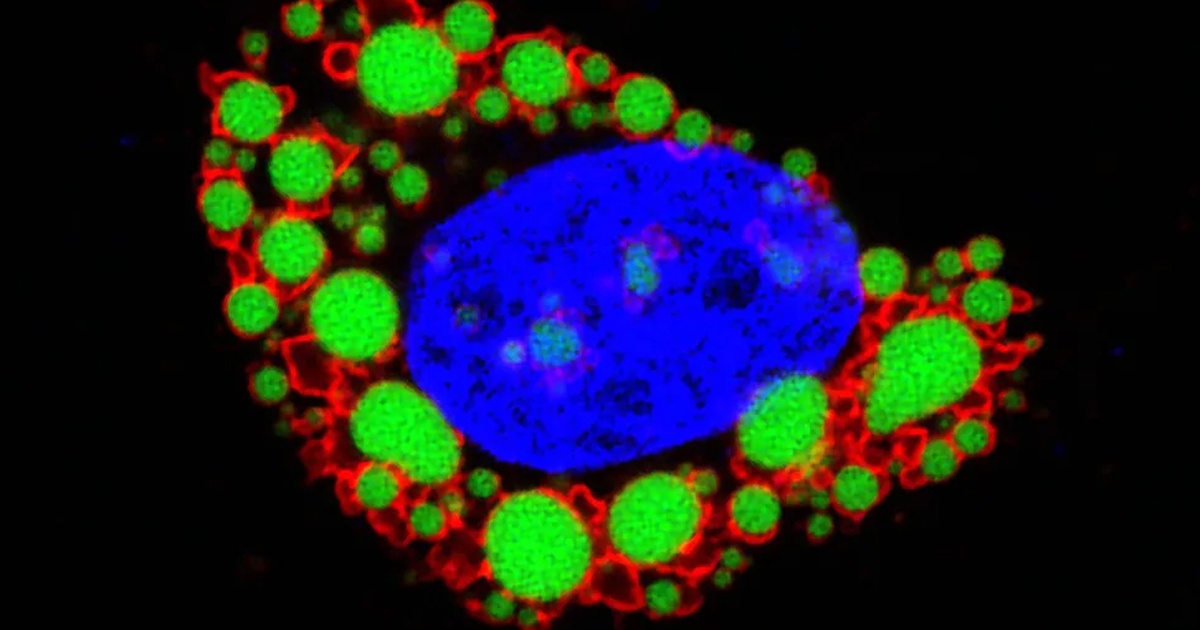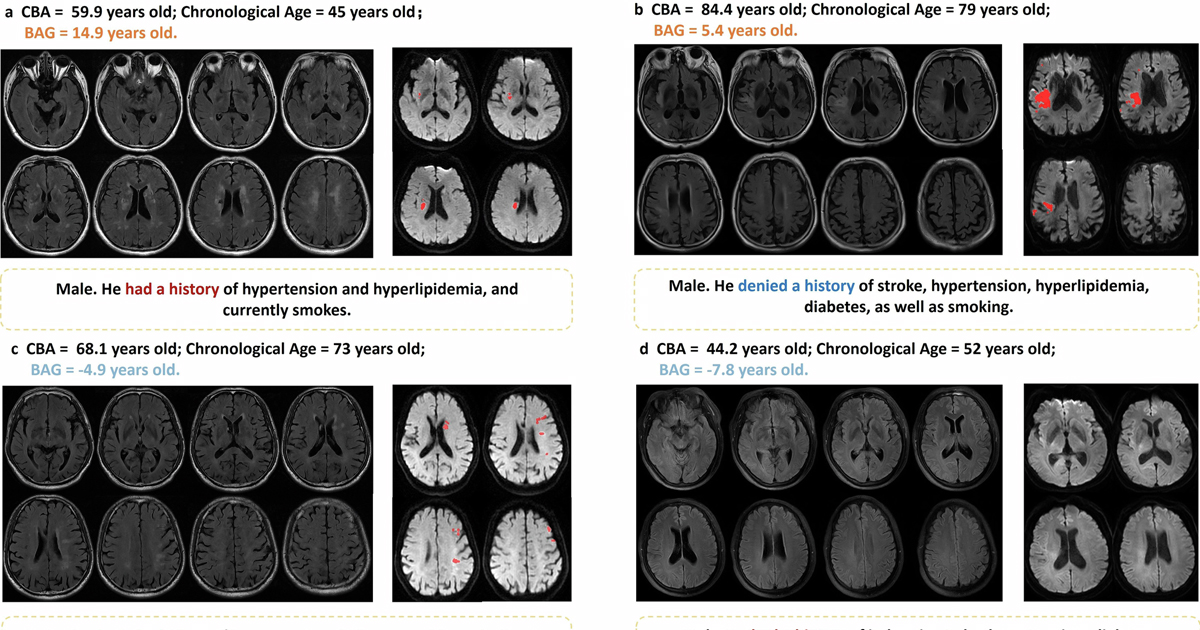Científicos encontraron reguladores celulares que podrían utilizarse para tratamientos contra la obesidad.
Investigadores de la Universidad de Yale en Connecticut, Estados Unidos presentaron una investigación sobre un posible tratamiento para la obesidad, fue publicado en Nature Communications in January 2020.
Las células grasas están cubiertas por moléculas que controlan el acceso celular para los nutrientes y la salida de lípidos. En una persona sana, el tráfico entrante y saliente esta equilibrado, en personas con obesidad y sobrepeso estas células han abierto demasiado la entrada, por lo que logran entrar carbohidratos sin quemar primero los lípidos, lo que conduce al crecimiento de las células grasas viscerales en el abdomen.
En la investigación, se muestra que los científicos han encontrado el regulador molecular para estas células. El regulador de las gotas de grasa es una enzima llamada O-GIcNac (OGT). Al realizar una prueba con ratones, aquellos que carecían de esta enzima eran delgados y mostraban una reducción del tamaño de sus células grasas, además realizaban el proceso de quemar lípidos en lugar de consumir más carbohidratos. Por otra parte, la sobreexpresión de OGT en ratones aumentaba la ingesta de carbohidratos y propiciaba la obesidad.

Sobre los resultados Xiaoyong Yang, profesor de la universidad y autor principal de la investigación expresó lo siguiente: “Esto hace que la OGT sea un objetivo muy atractivo para el tratamiento farmacéutico de la obesidad”.







